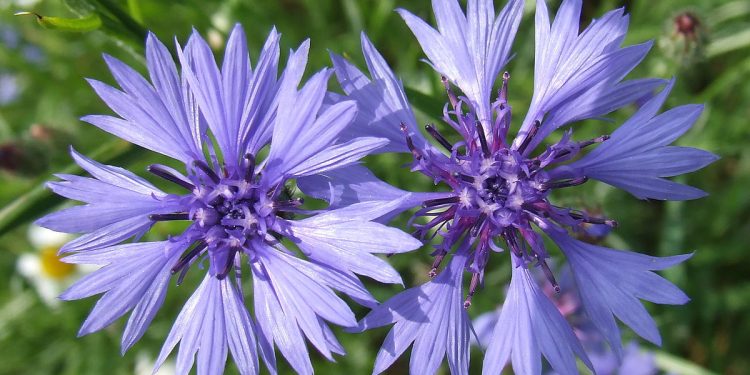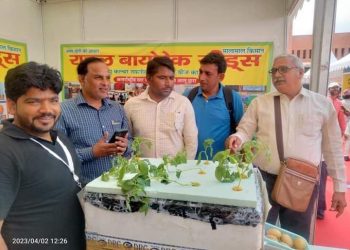#RevivingCornflowers #CentaureaCyanusCultivation #WildflowerRevival #PharmaceuticalPlants #AlternativeCrops #Intercropping #PesticideFreeFarming #PollinatorHabitat
Centaurea cyanus, commonly known as cornflower or bachelor’s button, is a vibrant and delicate wildflower native to Europe. Its striking blue color and dainty petals have made it a popular addition to gardens and floral arrangements. However, due to the increasing industrialization of agriculture, the cultivation of Centaurea cyanus has become less common, leading to a decline in its population.
To counteract this trend, efforts are underway to revive the cultivation of Centaurea cyanus. The development of new techniques for cultivating this wildflower could lead to its widespread reintroduction into gardens and farms across the globe. Furthermore, Centaurea cyanus has been found to have potential therapeutic properties, making it a promising candidate for the pharmaceutical industry.
One of the main challenges in reviving the cultivation of Centaurea cyanus is its delicate nature. It requires specific growing conditions, including well-draining soil and full sunlight, and is vulnerable to pests and diseases. However, new methods for cultivation are being developed that can overcome these challenges. For example, some farmers are experimenting with intercropping Centaurea cyanus with other crops to create a symbiotic relationship that benefits both plants.
The consequences of successful Centaurea cyanus cultivation are numerous. For one, it could provide an alternative to conventional crops that require heavy pesticide and herbicide use, as Centaurea cyanus is known to be a natural pest repellent. It could also provide habitat and food for pollinators, as it is a favorite of bees and butterflies.
In conclusion, the development of Centaurea cyanus cultivation is an important step in preserving this beautiful and useful plant. By creating new methods for cultivation, we can ensure that Centaurea cyanus continues to thrive and benefit both humans and the environment.








